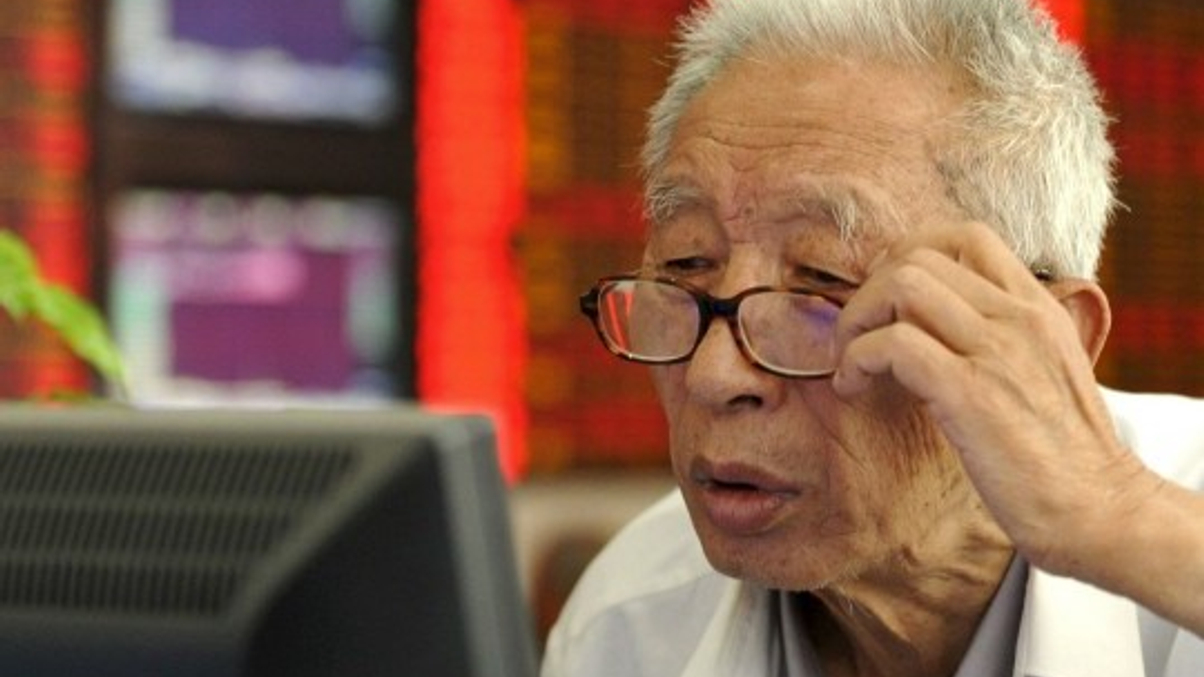Leveraged ETF risks are overstated, says HK veteran
As Hong Kong's securities regulator softens its stance on leveraged funds, Citi's Stewart Aldcroft dismisses concerns that they are unsuitable for local retail investors.

Fears that leveraged and inverse (L&I) exchange-traded funds put Hong Kong investors’ capital at undue risk are unfounded, said Stewart Aldcroft, senior adviser in Citi’s investor services division.
Sign In to Your Account
Access Exclusive AsianInvestor Content!
Please sign in to your subscription to unlock full access to our premium AI resources.
Free Registration & 7-Day Trial
Register now to enjoy a 7-day free trial—no registration fees required. Click the link to get started.
Note: This free trial is a one-time offer.
¬ Haymarket Media Limited. All rights reserved.


